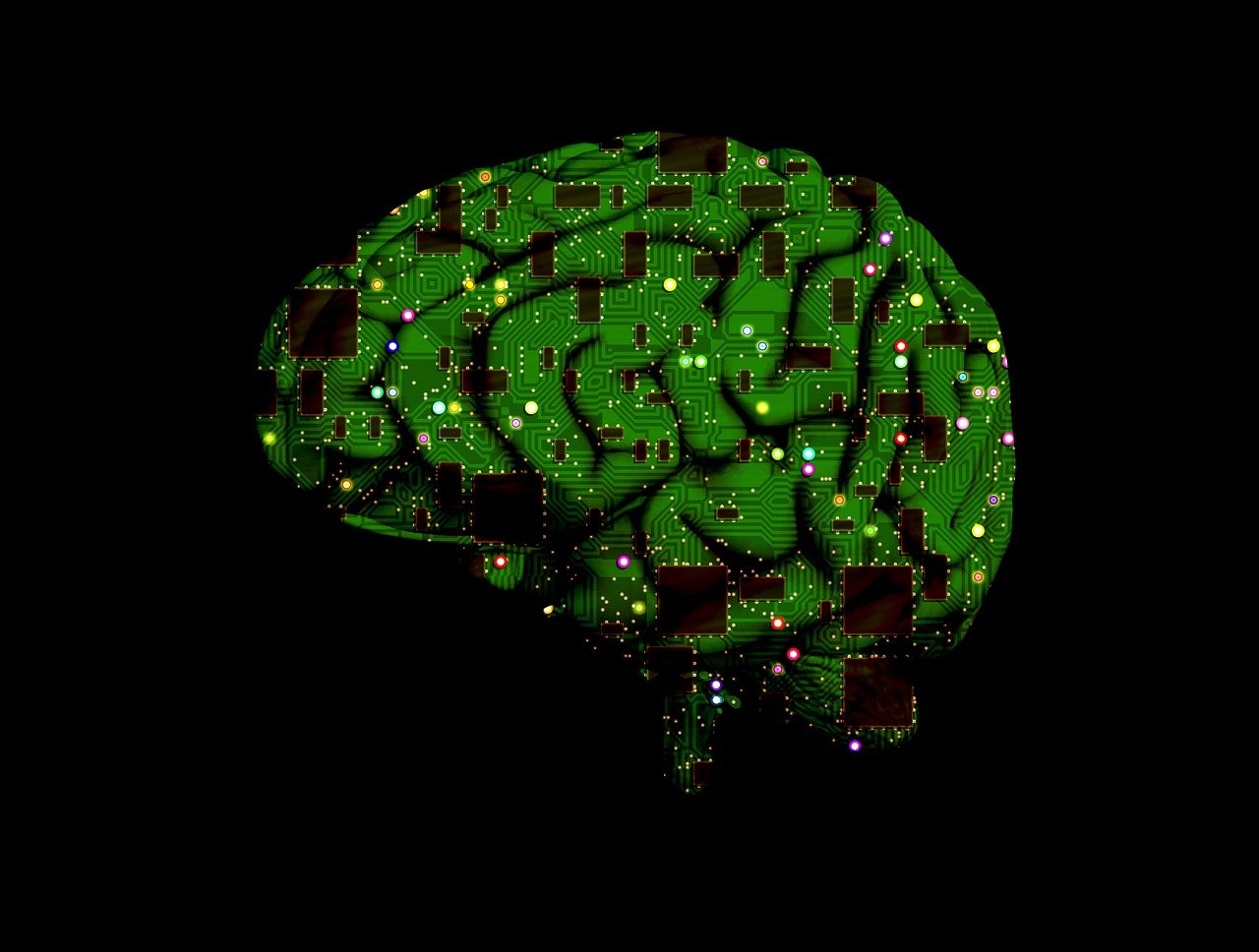A new study has offered insight into how regularly structured topographic maps in the brain’s visual cortex can arise instinctively to process visual information efficiently. This study offers a new framework for understanding visual cortex functional structures in early developmental phases.
Retinal mosaic orthogonal organization replicated in the visual cortex
KAIST researchers led by the Department of Bio and Brain Engineering’s Professor Se-Bu Paik have shown that retinal mosaics’ orthogonal organization in the periphery is often replicated on the primary visual cortex and triggers clustered topography in higher visual brain areas. These new findings offer insights into the mechanism behind the biological strategy of brain circuitry for efficient sensory modules tiling. The researchers published the study on January 5, 2020, in Cell Reports.
It is important to note that in higher mammals primary visual cortex organization is in various functional neural tuning maps for ocular dominance, spatial frequency selectivity, and orientation selectivity. Interestingly, the correlation between different maps’ topographies have been seen which implies that there is a systematic organization for efficient sensory modules tiling across cortical areas in the brain.
An orthogonal relationship exists in sensory modules
The observations suggest that there is a principle behind the development of individual functional maps. But, despite its existence, it is still unclear how the organization of the topographies arises spontaneously in the primary visual cortex of the brain of different animals. Most importantly, researchers established that the primary visual cortex’s orthogonal organization is due to bottom-up feedforward projections’ spatial organization. The researchers also demonstrated that there is an orthogonal relationship among sensory modules in the retinal mosaics which is replicated on the primary visual cortex to trigger the clustered topography.
The team analyzed retinal ganglion cell mosaics data in monkeys and cats and established that the ON-OFF feedforward afferents structures are organized into topographic tiling, independent of the orthogonal intersection of cortical tuning maps. Also, analysis of past published data on cats demonstrated a correlation between ocular dominance, spatial frequency selectivity, and orientational selectivity with retinal input spatial profiles. This implies that efficient cortical domain tiling can result from regularly structured retinal patterns.


